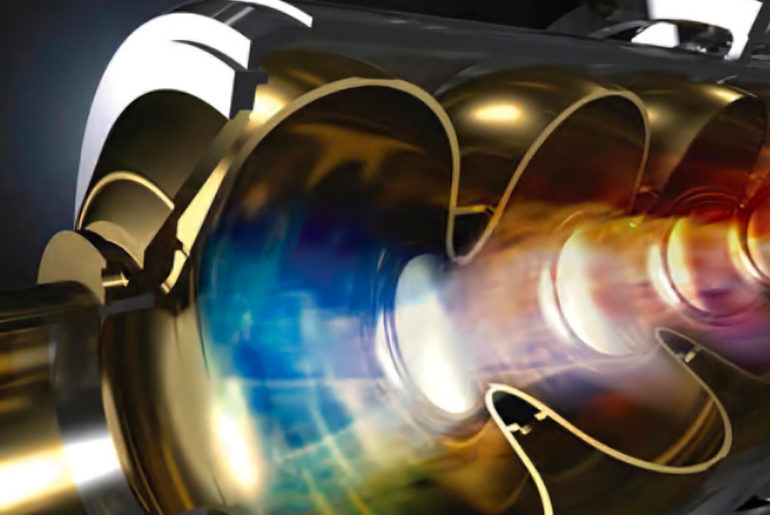
Researchers at the Department of Energy’s SLAC National Accelerator Laboratory have nearly finished construction on the world’s brightest x-ray laser, called the Linac Coherent Light Source II (LCLS-II). Once complete, it will be approximately 10,000 times brighter than its predecessor. Physicists hope to use this laser to uncover some fundamental unknowns about our universe.
This isn’t a small installation, as the laser apparatus itself spans almost 2-miles in a specially excavated tunnel near Stanford University. What is it capable of? It can make pulses all the way down below a femtosecond, which is to a second as the second is to the age of the universe. A powerful particle accelerator is at the heat of the apparatus and will speed up charged particles before channeling them into an extremely powerful beam. This beam will be shot into a series of alternating magnets to generate X-rays.
- BRIGHT, SHARP VIEWS ANYWHERE: Unlike many beginner telescopes, this quality refractor features fully coated glass lenses and a 70mm aperture for...
- PERFECT FIRST TELESCOPE FOR BEGINNERS: Designed for adults and kids to enjoy together, this beginner-friendly telescope sets up in minutes and...
- EASY NO-TOOL SETUP: No complicated assembly or tools needed. The full-height tripod and telescope tube set up in seconds and pack neatly into the...
The breadth of science enabled by LCLS-II will be essential for advancing these original grand challenges, and will address many critical knowledge gaps at the frontiers of matter and energy. Their ultimate goal is to provide the foundations for new energy technologies and to support DOE missions in energy, environment and national security,” said Stanford researchers.


